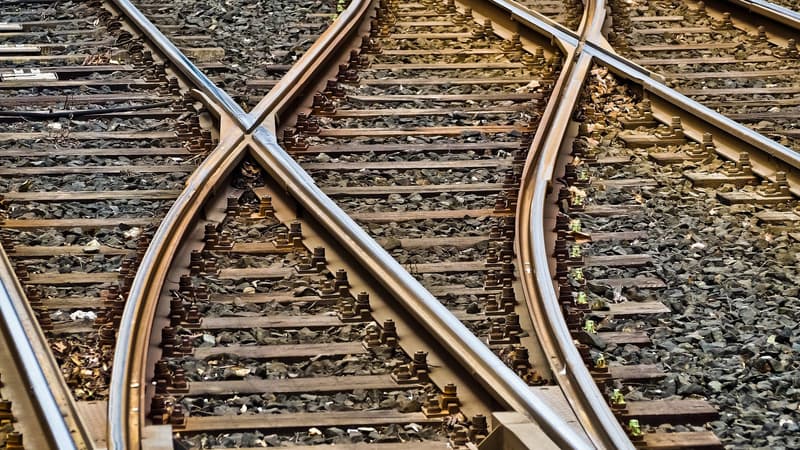A new competitor to the SNCF at the beginning. This Thursday, July 13, the Spanish operator Renfe launches its first high-speed trains (AVE de Alta Velocidad Española) between Lyon and Barcelona, then between Marseille and Madrid before, if all goes well, attacking the Paris- lyons.
It is therefore the second direct competitor of the SNCF at a national level after the Italian Trenitalia, which has operated the Paris-Lyon-Milan axis since 2021 with its famous Red Arrows.
C’est une bonne nouvelle pour le consommateur car la concurrence entraîne mécaniquement une baisse des prix (on l’a observée sur Paris-Lyon) et une bonne nouvelle pour l’environnement puisque plus il ya d’offre, plus les gens prennent train .
timid competition
However, it remains timid competition as the market has been open since late 2020. The complexity of access, regulations and operating costs tend to chill European rail players.
Renfe’s arrival was also long and difficult. The operator, which is the equivalent of SNCF in Spain, will have taken almost two years to complete its project after having fought many times against the French company and the administration.
Because one thing is clear: many brakes discourage new entrants, brakes that protect the SNCF. An observation made by the transport regulator, ART.
The approval of rolling stock is for a new entrant that already has its high-speed trains, such as Trenitalia or Renfe, a first great test.
Therefore, it is necessary to technically adapt the trains. Thus, in 2021 the authorization that Renfe submitted to the SNCF for “electromagnetic interference” is revoked.“ that would cause its trains, although designed on the same model as the TGV, on the French rail. Enough to delay your project for over a year.
The matter even became a diplomatic crisis between Paris and Madrid. According to Mediapart, the then Spanish Minister of Transport divided two letters, one to Jean-Baptiste Djebbari, then French Minister of Transport, the second to the European Commissioner for Transport, Adina Vălean, where she lamented “the lack of visibility”. of the authorization process.
One of the most expensive tolls in Europe
Always on the technical side, each new operator must equip their trains with the KVB speed control box, an essential part in the context of railway safety. Bad luck, Alstom no longer manufactures them and the stock is kept… by SNCF, which rents them at a high price.
It is then necessary to reserve your rights of way (the famous “grooves”, in the technical language of the SNCF), which is not an easy task.
But the biggest difficulty, the one denounced both by the French regulator and by foreign actors, is the cost of access, the tolls that all operators must pay to SNCF Réseau, a 100% subsidiary of SNCF for operating an LGV (high-speed line). speed) . They are among the most expensive in Europe, especially in Paris-Lyon.
These charges represent almost 90% of SNCF Réseau’s revenue, compared to 50% on average for other European infrastructure managers.
If Trenitalia has lowered prices, it is partly thanks to a discount obtained in these tolls, which is called “differential rate”. The Italian has obtained this rate for two years and is currently negotiating to extend it for another year. But one thing is certain, from the 4th year of operation, Trenitalia will have to pay a high price.
Future cost increases
But for Renfe, no discount, because the Spanish does not create a new service but takes over the one offered together with the SNCF. Will the operator then be able to maintain its aggressive pricing? Nothing is less secure.
These conditions discourage European operators from attacking the French market. Especially since SNCF Réseau will apply a general increase of 7% in tolls next year that will affect all operators. “An essential increase to finance maintenance operations,” justifies the SNCF subsidiary. Without forget the possible increase in the price of electricity.
And if the greats of Europe hesitate due to these difficulties, what to say about the small local players who plan to rub shoulders with the SNCF. All ongoing projects are delayed one after the other, due to these stumbling blocks, but also because the projects have difficulty financing and rolling stock is a difficult resource to obtain.
Source: BFM TV


